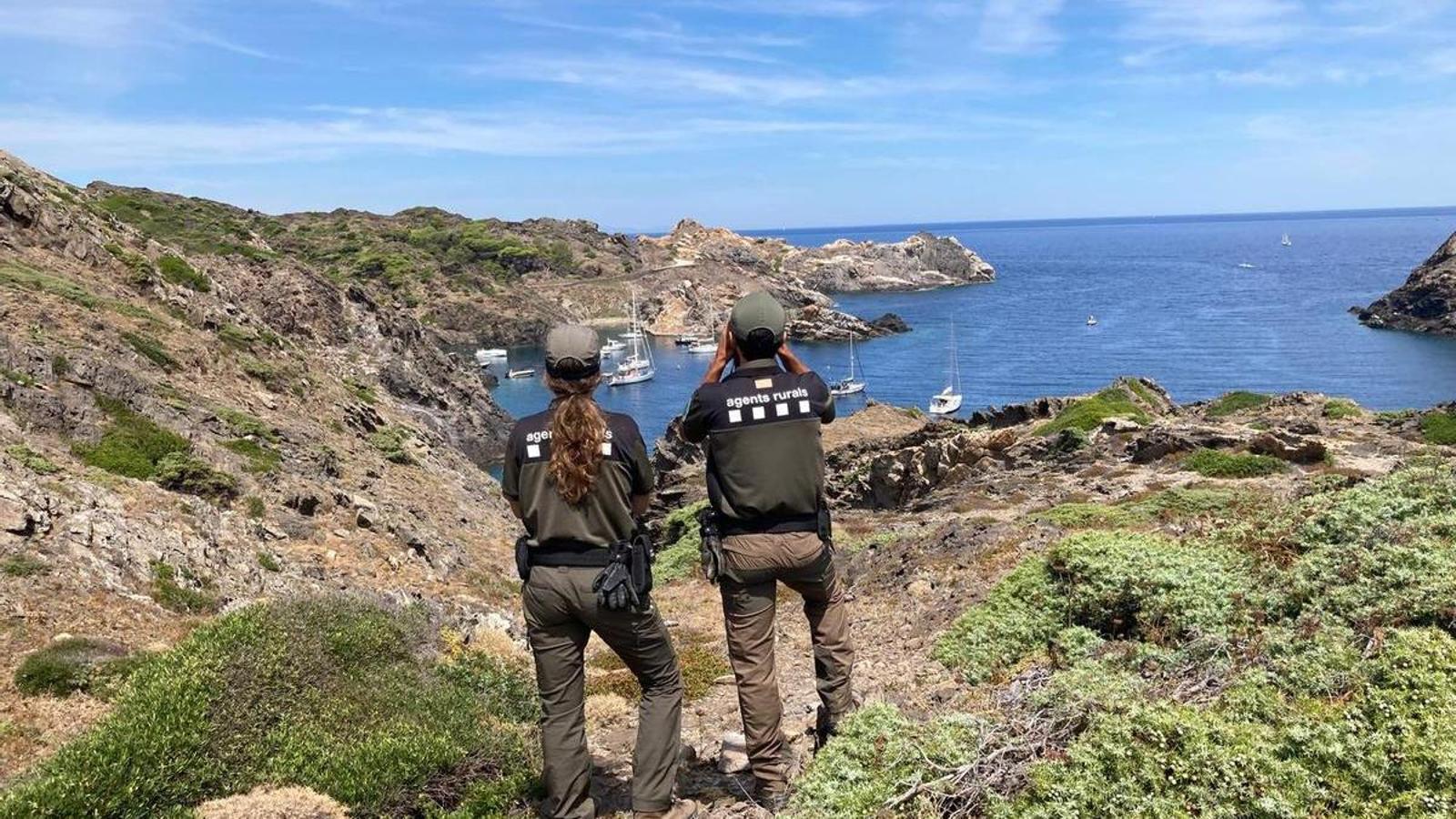AI cameras at Cape Creus monitor boat parties
Rural Agents have installed a pioneering video surveillance system in the natural park that can read license plates and detect illegal behavior.


GironaNo more boat parties at Cap de Creus and no more jet ski tours: artificial intelligence will ensure they don't happen. This summer, the natural park located in the Alt Empordà region has, for the first time in its history, a Master Plan for Use and Management (PRUG) In the maritime sphere. After years of delays, the Generalitat de Catalunya finally approved in May the ten-point navigation regulations that should govern which activities are permitted (and under what conditions) in the nearly 3,000 hectares of marine surface of this protected natural environment.
The document, the result of a participatory process involving more than 150 meetings between the park's team of biologists, environmentalists, and local socioeconomic sectors, prohibits, for example, the circulation of recreational jet skis and also bans parties on boats anchored in the coves of Cap de Creus. The measures respond to the need to conserve the park's seabed, home to seagrass meadows, gorgonian coral enclaves, and hundreds of species of high natural value. This follows the growth of tourism in towns such as Cadaqués and Port de la Selva, coupled with the promotion of the surrounding coves and trails on social media, which have significantly increased the pressure of visitors and boats in the area in recent years.
However, enforcing these rules requires controls and sanctions for violators. Therefore, in addition to increasing surveillance by vessels at sea, the Government this week launched a pilot project using artificial intelligence video surveillance cameras. These two checkpoints are equipped with high-resolution cameras, night vision, and AI systems that can identify vessels, read license plates, and detect inappropriate behavior in protected areas. These images are monitored from the Rural Agents' central room, and upon receiving notification of an infraction, they can mobilize and respond according to the severity of the situation.
24-hour surveillance and in inaccessible corners
With this measure, the park's management is committed to more efficient surveillance, using technology that allows for immediate action and continuous, 24-hour coverage, even in hard-to-reach areas where patrolling is extremely difficult. However, the objective is in no way to replace the work of Rural Agents and other security forces, who already patrol the territory by land, sea, and air, but rather to complement their work with a technological surveillance strategy.
"It's an important complementary measure to ensure greater control throughout the day, a task that would be complicated for the various bodies operating in the park to carry out, given its size and the difficulty of covering every corner and every time," explains Ponç Feliu, director of the natural park. He adds: "Measures like this will help enforce the PRUG and, therefore, ensure the preservation of the environment, the natural environment, and the landscape." Finally, regarding the coercive force of the measure, Feliu clarifies: "This first summer, the aim is fundamentally to inform, explain, and raise awareness. There is no punitive intent, but rather an informative one, to raise awareness of the PRUG and for park users and visitors to understand and internalize it."
The deployment of AI-powered cameras is expected to expand to seven surveillance points between the end of 2025 and throughout 2026, with locations selected based on environmental and accessibility criteria. All information collected will be managed in accordance with data protection regulations.
